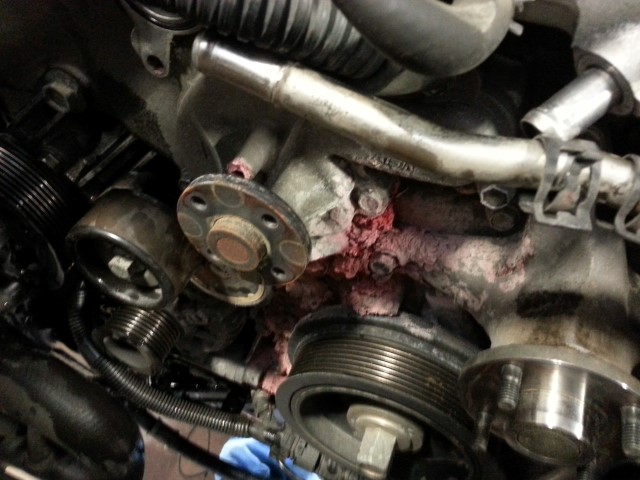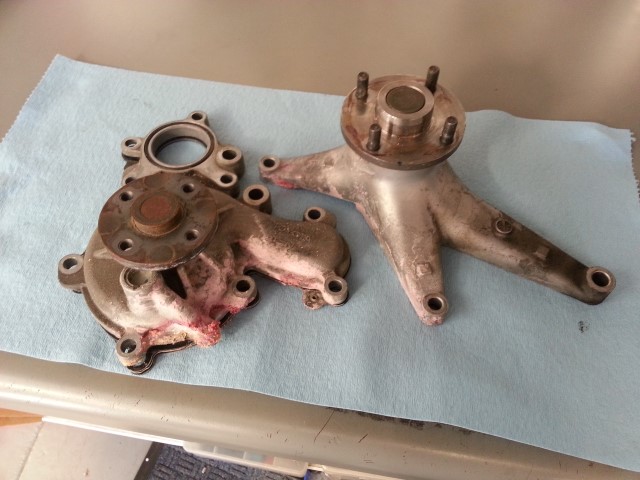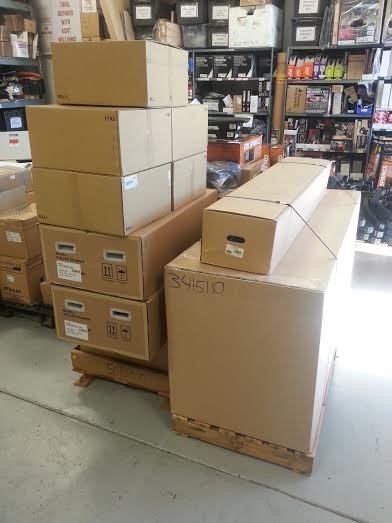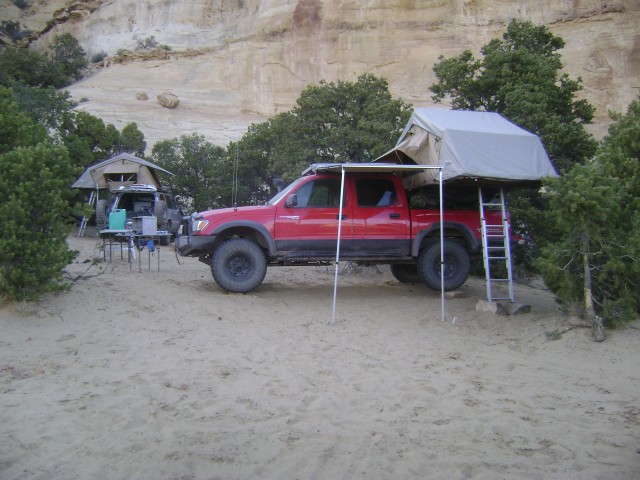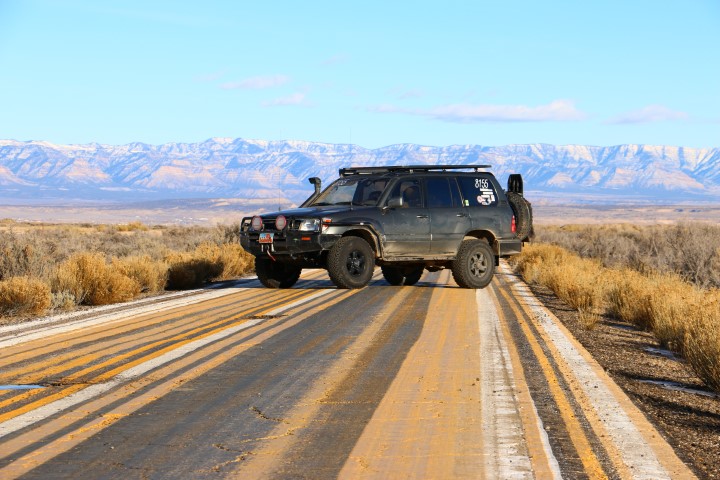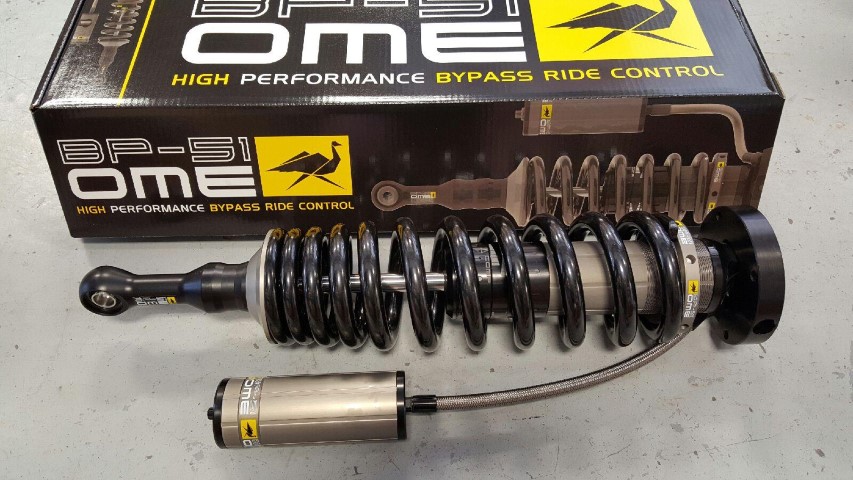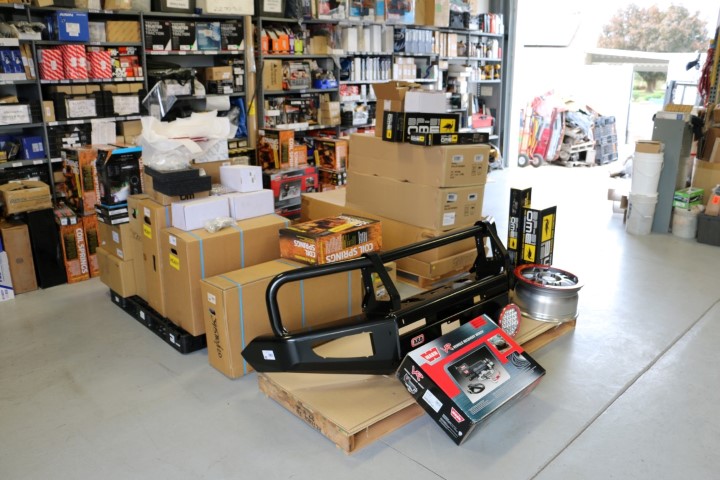- Location
- Sandy, Ut
Introducing the Cruiser Outfitters Project Fauxverlander (Faux-Overlander) Build
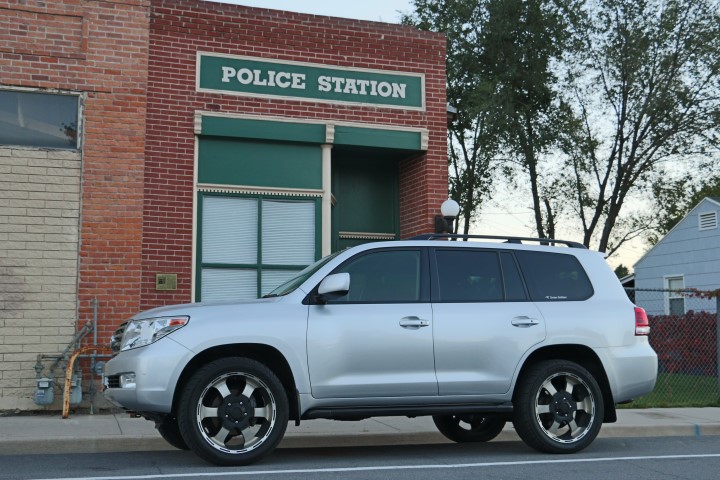
First, let's get the name out of the way. The 200 Series Land Cruiser has taken some serious heat from some in the Toyota off-road community, lobbing comments like "mall-crawler", "bloated with needless electronics" and "no different than a Sequoia". Well, let's set the record straight. The 200 Series platform is every bit of an off-road capable machine as the 100 Series Land Cruiser and it's predecessor the 80 Series and ironically the comments I'm hearing about the 200, are the same exact comments I recall hearing about the 100 which has now been acclaimed the "#1 Used Overland Vehicle". Oh my, have times changed. The US Spec 200 Series is a stalwart beast bedazzled with refinement, some hate the refinement such as the available air conditioned seats, refrigerated center console and off-road cameras and others will absolutely come to embrace it. I'm neither for it or against the refinement really, it's simply the only way I can have it in the US market so here I am. So for me, the name is more of a fun poke at the dissenters and a showpiece to customers as in fact a great platform for off-road travel and overland style adventures.
Why the 200 Series? Great question. My 100 Series Land Cruiser (aka the Death Star) has been a fantastic rig, for the past 3 years it's taken me all over the western US and hauled team members and myself up and down Mexico's Baja peninsula supporting our Baja 1000 race endeavors. I wasn't exactly looking for a replacement but the 200 was starting to appear on my radar as a future candidate. I'd spent a bit of time in the Aussie spec VDJ200 featuring the twin-turbo 1VD-FTV V8 diesel. Back on US soil I continued to be impressed. I was spending more and more time with customer's 200 Series and hearing their continual accolades and add some trail time with my friend Greg in his 200, where despite being 100% stock he's maneuvered it through a snow and ice covered Beef Basin and Elephant Hill.
The real driving force was my involvement as part of Canguro Racing where we have have been desert racing a 200 Series in races such as the Baja 1000, Vegas to Reno and Mint 400. As it works out with desert racing you spend a great deal of time behind the wheel, but 10x that many hours underneath the vehicle inspecting, repairing and prepping for the next big race. While parts wear out and things need to be overhauled, our race vehicle "Monica" has held up amazingly well to the many races under her belt. The engine, trans, t-case and axles are nearly stock and post-race tear downs and testing show the internals are holding up absolutely fine despite hard racing in dusty conditions pushing 37" tires over the roughest terrain found along a race course. I was sold.
Rewind to last spring and a 200 that met my criteria popped up on my saved search query and I figured I would run down and take a look. My pal Dave came along with me, he had recent picked up a 2013 URJ200 and was fresh on the market offerings and condition having looked at many before settling on his Cruiser which he drove home from New York. The private seller was located in nearby Provo, Utah and had just listed it on a local classified website, I was the first to come take a look. At first glace I was mortified, the wheels were enough to turn a grown mans stomach. I was able to look past the wheels and the rest of the vehicle was in great condition, reasonably clean and the seller was the original owner and quite detail oriented. Following a short test drive I was ready to make it official but I wanted to sit on it for the night and we agreed to touch bases the next evening to finalize details.
The next day he proactively called me while he was sitting in the showroom of a Infiniti dealership. His wife had suggested they stop by and look at a new vehicle replacement and they landed in a deal and were considering using the Cruiser as a trade-in. However he was willing to honor our previous nights discussion if I could be there in the next hour to ink the deal. On my way there he informs me I'll now be buying it from the dealership as a tactic to save him some sales tax on the new car. The deal was going a little sideways in my mind and I expressed a little hesitation, he was willing to sweeten the deal a little bit to make us both content and I was soon driving it home. The deal was done and I had to figure out what to do next.
Basic stock specs of the 200 Series Land Cruiser:
Model: 2008 URJ200
Engine: 5.7L 3UR-FE - 381HP/401LbFt
Trans/T-Case: AB60F 6-Speed Auto Trans/JF2A Full-Time 4wd T-Case w/locking differential
Color: Classic Silver Metallic
Suspension: IFS front (coil/strut) & 5 link rear (coil/shock)
Features: Crawl Control, ATRAC, KDSS
Curb Weight: 5690 lbs
Payload: 1585 lbs
Tow Capacity: 8500 lbs
Fuel Capacity: 24.6 gal
Compared to the 100 Series, the 200 Series received some major spec improvements in the engine division as well as the front suspension. The 3UR-FE features 381 horse power versus the lack luster 228 that the early 2UZ-FE has. Likewise the torque saw a major improvement, from 302 pound-foot to an impressive 401. That said the 100 never felt really starved for power, I mean in Land Cruisers haven't ever been known as rocket ships... the 200 changes that. The suspension on the 200 also saw a considerable upgrade to the front end. While the torsion/shock combo on the 100 Series worked well and allowed for quick adjustment, spring rate offerings were limited on the torsion bars and suspension travel was limited as result of the design. The 200 has a standard strut/coil combination with an impressive amount of aftermarket components already available such as bypass shocks, remote reservoir options, heavy duty and high travel upper control arms and high travel CV axles.
Next up, time to start planning the build

First, let's get the name out of the way. The 200 Series Land Cruiser has taken some serious heat from some in the Toyota off-road community, lobbing comments like "mall-crawler", "bloated with needless electronics" and "no different than a Sequoia". Well, let's set the record straight. The 200 Series platform is every bit of an off-road capable machine as the 100 Series Land Cruiser and it's predecessor the 80 Series and ironically the comments I'm hearing about the 200, are the same exact comments I recall hearing about the 100 which has now been acclaimed the "#1 Used Overland Vehicle". Oh my, have times changed. The US Spec 200 Series is a stalwart beast bedazzled with refinement, some hate the refinement such as the available air conditioned seats, refrigerated center console and off-road cameras and others will absolutely come to embrace it. I'm neither for it or against the refinement really, it's simply the only way I can have it in the US market so here I am. So for me, the name is more of a fun poke at the dissenters and a showpiece to customers as in fact a great platform for off-road travel and overland style adventures.
Why the 200 Series? Great question. My 100 Series Land Cruiser (aka the Death Star) has been a fantastic rig, for the past 3 years it's taken me all over the western US and hauled team members and myself up and down Mexico's Baja peninsula supporting our Baja 1000 race endeavors. I wasn't exactly looking for a replacement but the 200 was starting to appear on my radar as a future candidate. I'd spent a bit of time in the Aussie spec VDJ200 featuring the twin-turbo 1VD-FTV V8 diesel. Back on US soil I continued to be impressed. I was spending more and more time with customer's 200 Series and hearing their continual accolades and add some trail time with my friend Greg in his 200, where despite being 100% stock he's maneuvered it through a snow and ice covered Beef Basin and Elephant Hill.
The real driving force was my involvement as part of Canguro Racing where we have have been desert racing a 200 Series in races such as the Baja 1000, Vegas to Reno and Mint 400. As it works out with desert racing you spend a great deal of time behind the wheel, but 10x that many hours underneath the vehicle inspecting, repairing and prepping for the next big race. While parts wear out and things need to be overhauled, our race vehicle "Monica" has held up amazingly well to the many races under her belt. The engine, trans, t-case and axles are nearly stock and post-race tear downs and testing show the internals are holding up absolutely fine despite hard racing in dusty conditions pushing 37" tires over the roughest terrain found along a race course. I was sold.
Rewind to last spring and a 200 that met my criteria popped up on my saved search query and I figured I would run down and take a look. My pal Dave came along with me, he had recent picked up a 2013 URJ200 and was fresh on the market offerings and condition having looked at many before settling on his Cruiser which he drove home from New York. The private seller was located in nearby Provo, Utah and had just listed it on a local classified website, I was the first to come take a look. At first glace I was mortified, the wheels were enough to turn a grown mans stomach. I was able to look past the wheels and the rest of the vehicle was in great condition, reasonably clean and the seller was the original owner and quite detail oriented. Following a short test drive I was ready to make it official but I wanted to sit on it for the night and we agreed to touch bases the next evening to finalize details.
The next day he proactively called me while he was sitting in the showroom of a Infiniti dealership. His wife had suggested they stop by and look at a new vehicle replacement and they landed in a deal and were considering using the Cruiser as a trade-in. However he was willing to honor our previous nights discussion if I could be there in the next hour to ink the deal. On my way there he informs me I'll now be buying it from the dealership as a tactic to save him some sales tax on the new car. The deal was going a little sideways in my mind and I expressed a little hesitation, he was willing to sweeten the deal a little bit to make us both content and I was soon driving it home. The deal was done and I had to figure out what to do next.
Basic stock specs of the 200 Series Land Cruiser:
Model: 2008 URJ200
Engine: 5.7L 3UR-FE - 381HP/401LbFt
Trans/T-Case: AB60F 6-Speed Auto Trans/JF2A Full-Time 4wd T-Case w/locking differential
Color: Classic Silver Metallic
Suspension: IFS front (coil/strut) & 5 link rear (coil/shock)
Features: Crawl Control, ATRAC, KDSS
Curb Weight: 5690 lbs
Payload: 1585 lbs
Tow Capacity: 8500 lbs
Fuel Capacity: 24.6 gal
Compared to the 100 Series, the 200 Series received some major spec improvements in the engine division as well as the front suspension. The 3UR-FE features 381 horse power versus the lack luster 228 that the early 2UZ-FE has. Likewise the torque saw a major improvement, from 302 pound-foot to an impressive 401. That said the 100 never felt really starved for power, I mean in Land Cruisers haven't ever been known as rocket ships... the 200 changes that. The suspension on the 200 also saw a considerable upgrade to the front end. While the torsion/shock combo on the 100 Series worked well and allowed for quick adjustment, spring rate offerings were limited on the torsion bars and suspension travel was limited as result of the design. The 200 has a standard strut/coil combination with an impressive amount of aftermarket components already available such as bypass shocks, remote reservoir options, heavy duty and high travel upper control arms and high travel CV axles.
Next up, time to start planning the build
Last edited:

